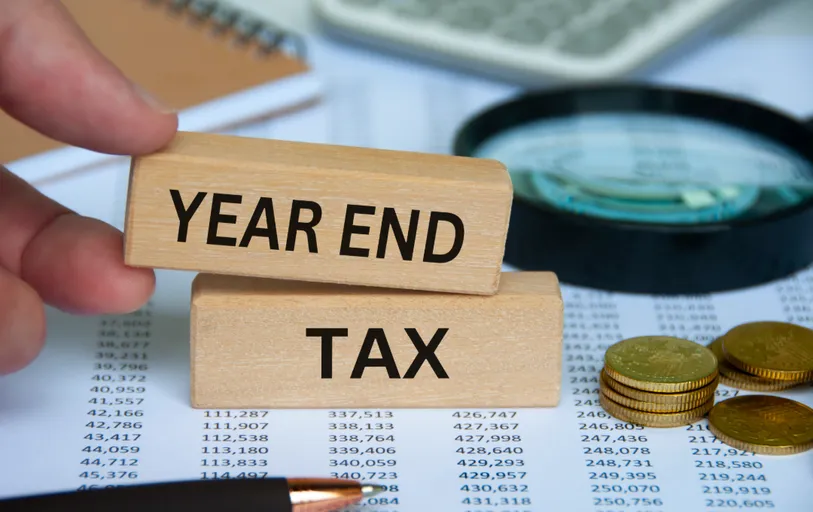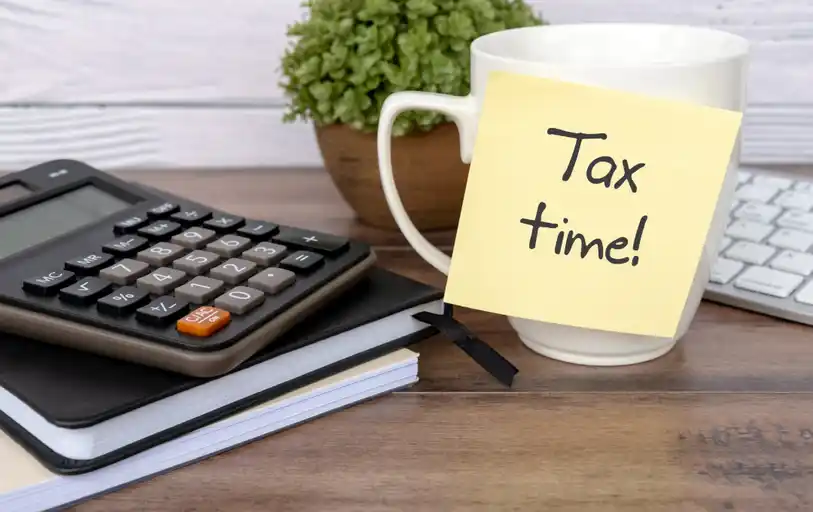If you’re a sole trader or landlord with annual income over £50,000, a major change is coming your way. From 6 April 2026, you may be required to keep digital business records and submit quarterly updates to HM Revenue and Customs (HMRC) under Making Tax Digital (MTD) for Income Tax.
This is one of the biggest shifts in Self Assessment since it was introduced, and while there are potential benefits, it will also mean significant changes in how you manage your accounts.
What’s Changing?
Under MTD for Income Tax, affected individuals must:
· Keep digital records using MTD-compatible software.
· Submit quarterly updates of income and expenses to HMRC.
· File an end-of-year digital tax return (replacing the annual Self Assessment tax return).
The qualifying income threshold refers to total income from self-employment and property (before any expenses or allowances are deducted).
MTD aims to move the tax system towards more frequent, digital reporting. While some businesses may find it helps with financial organisation and reduces errors, it also means a shift away from the once-a-year tax return process that many are familiar with.
The Pros and Cons
You may find some potential benefits from the new system, such as:
· More up-to-date information about your tax position.
· Possible time savings at year-end if records are kept properly throughout the year.
· Reduced risk of errors in tax reporting.
However, there are going to be some potential challenges too:
· Additional administrative burden, with four quarterly update submissions plus an end-of-year tax return.
· Requirement to purchase or subscribe to compatible accounting software, if you don’t do so already.
· A learning curve for those less familiar with digital bookkeeping.
For many sole traders and landlords, the biggest adjustment will be the need for regular digital record-keeping rather than dealing with tax in one go at the end of the year.
What Happens Next?
MTD is gradually being introduced so that it will eventually be a requirement for any self-employed individual or landlord with qualifying income over £20,000.
· From April 2026, self-employed businesses and landlords with qualifying income over £50,000 will need to comply with the new MTD requirements.
· From April 2027, the threshold falls to £30,000.
· From April 2028, it drops again to £20,000.
HMRC is currently encouraging businesses to join a testing programme, which allows participants to familiarise themselves with the new system before it becomes mandatory. During testing, there will be no penalties for late quarterly updates, making it a safer time to learn the process.
How We Can Support You
Whether you want help choosing software, setting up your digital records, or simply understanding what’s changing, we’re here to guide you through the transition. Every business will be different – some may need only minor tweaks to their processes, while others may face a bigger adjustment.
If you’d like to discuss how MTD will affect you, or how best to prepare, please get in touch.








